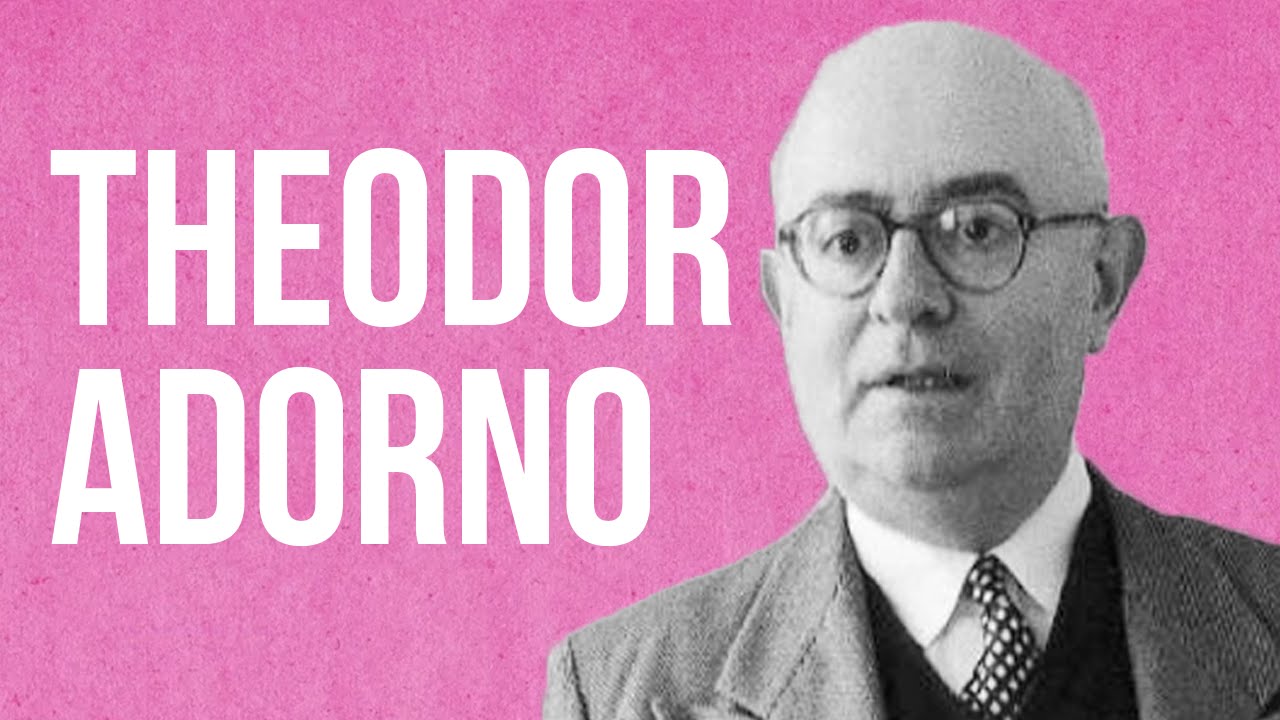Adorno Radio Phenomenology
Abstract
Adorno’s phenomenological study of radio offers a sociology of music in a political and cultural context. Situating that phenomenology in the context of Adorno’s philosophical background and the world political circumstances of Adorno’s collaboration with Paul Lazarsfeld on the Princeton Radio Project, illuminates both Adorno’s Current of Music and the Dialectic of Enlightenment with Max Horkheimer and the ‘Culture Industry’. Together with an analysis of popular music in social practice/culture, this article also explores Adorno’s spatial reflections on Paul Bekker’s notion of the community-building power of the symphony, including his reflection on the radio face which he elaborated in terms of both time and the physiognomics of the time-space of sound, private and communal, and adds connections with today’s Internet and related media.
Content
Babette Babich
Fordham University, NY, USA
Babette Babich, Fordham University, 113 West 60th Street, New York, NY 10023, USA. Email: babich@fordham.edu
http://psc.sagepub.com/content/early/2014/09/10/0191453714548503.abstract?
The concept of “Adorno’s radio phenomenology” refers to the sociological and philosophical perspectives of Theodor W. Adorno, a prominent German philosopher, sociologist, and musicologist, specifically in relation to the phenomenon of radio broadcasting. Adorno was a critical theorist associated with the Frankfurt School, known for his analysis of culture, media, and society within the framework of critical theory.
Adorno’s radio phenomenology encompasses several key themes:
1. **Technical Reproduction**: Adorno was deeply interested in the impact of technological advancements, such as radio broadcasting, on culture and society. He argued that the advent of technologies of mass reproduction, including radio, phonographs, and later television, fundamentally altered the relationship between art, audience, and the means of production. These technologies allowed for the widespread dissemination of cultural products, but also facilitated the standardization and commodification of culture, leading to what Adorno termed “the culture industry.”
2. **Physiognomy**: Adorno explored the concept of “physiognomy” in relation to music and radio broadcasting. Physiognomy refers to the interpretation of facial features or expressions as indicators of personality traits or inner qualities. In the context of radio, Adorno considered how the medium mediated the perception and experience of music, potentially shaping listeners’ emotional responses and aesthetic judgments. He was interested in the ways in which radio programming, advertising, and other forms of mass media influenced listeners’ perceptions of music and culture.
3. **Music**: Adorno’s writings on music are extensive and multifaceted, encompassing analyses of classical, popular, and contemporary music. He was critical of the standardization and commercialization of music within the culture industry, arguing that it led to the production of formulaic, predictable works devoid of genuine artistic expression. Adorno also explored the social and psychological dimensions of music consumption, considering how music served as a form of social control and ideological manipulation within capitalist societies.
Overall, Adorno’s radio phenomenology offers a critical perspective on the intersection of technology, culture, and society, highlighting the ways in which radio broadcasting and other forms of mass media shape our perceptions, experiences, and understanding of music and the world around us. His work continues to be influential in fields such as media studies, cultural criticism, and musicology, provoking debate and discussion about the role of technology in contemporary society.
===
The 12-note atonal scale, also known as the twelve-tone technique, was developed by Austrian composer Arnold Schoenberg in the early 20th century. This technique sought to move away from traditional tonal harmony, where a piece of music is organized around a central key, and instead explore new avenues of musical expression.
In the twelve-tone technique, a series of all twelve pitches of the chromatic scale are arranged in a specific order called a tone row or tone row matrix. This row becomes the basis for the composition, with the composer using each of the twelve pitches before repeating any. The row can be manipulated in various ways, such as transposing it to different starting pitches, inverting it, or creating derived rows through other transformations.
The aim of the twelve-tone technique was to create a more equal distribution of pitch classes and to liberate composers from the constraints of traditional tonality. This approach opened up new possibilities for musical structure and expression, leading to innovative compositions by Schoenberg and his followers, including Alban Berg and Anton Webern.

The German philosopher and music theorist Theodor W. Adorno was deeply influenced by the music of Schoenberg and the twelve-tone technique. Adorno believed that atonal music represented a critical response to the cultural and social conditions of modernity, offering a means of expressing the dissonance and fragmentation of contemporary life. He wrote extensively on the music of Schoenberg and the Second Viennese School, exploring its aesthetic and philosophical implications.
In summary, the 12-note atonal scale refers to the twelve-tone technique developed by Arnold Schoenberg, which revolutionized 20th-century music by breaking away from traditional tonal harmony. Theodor W. Adorno was a significant advocate for this approach, viewing it as a response to the complexities of modern society.